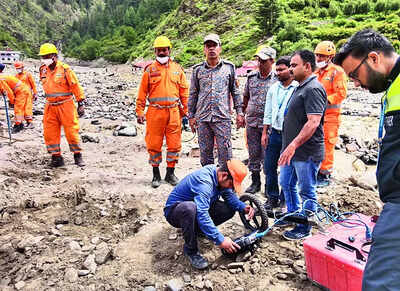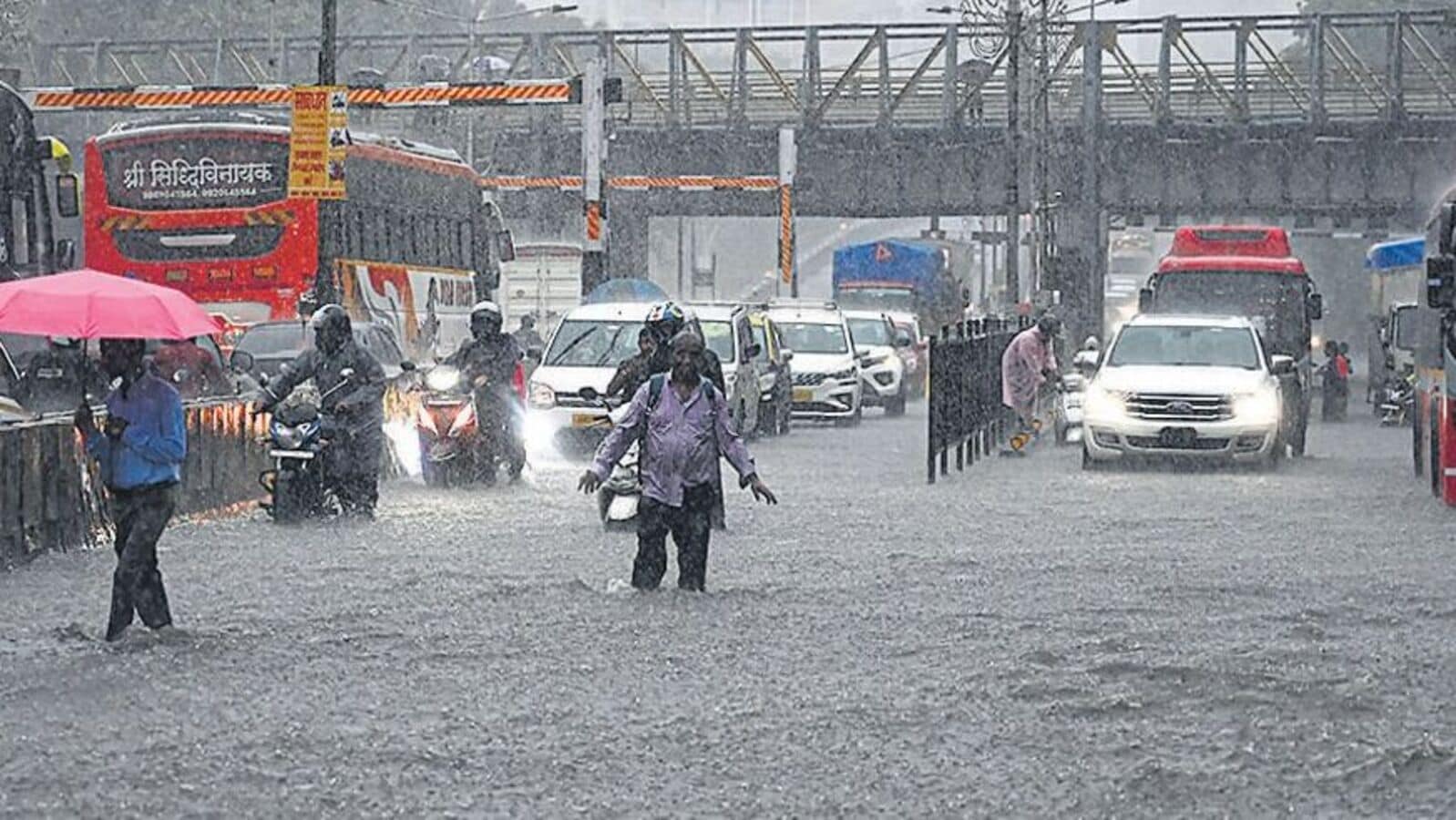DEHRADUN: Almost a week after the Aug 5 flash flood in Dharali, officials on Monday said for the first time that 43 people were still missing, and issued warning saying “heavy to very heavy” rainfall forecast for Uttarkashi and surrounding districts until Aug 15 could cause fresh landslides and flooding, further delaying search and relief operations.Garhwal commissioner Vinay Shankar Pandey said finding those trapped under debris was the administration’s highest priority. A joint task force from National Disaster Response Force, State Disaster Response Force, Indo-Tibetan Border Police (ITBP), and a team of geologists, has been working in the disaster zone, where unstable slopes and broken roads complicate even short journeys.“Among the missing are nine Army personnel, eight Dharali locals, five residents from nearby villages, and others from Tehri, Bihar, Uttar Pradesh, and Nepal,” Pandey said. Contact has been re-established with five of the 29 missing Nepali workers, but the rest remain untraced. Two bodies have been found so far.In Dharali, about 300 residents have stayed on, living alongside the constant movement of relief vehicles, while those with homes elsewhere have shifted to Uttarkashi or Dehradun. So far, 1,278 people have been evacuated, including all stranded visitors and locals without means to leave. Helicopter operations were suspended on Monday morning because of poor visibility, as light to moderate rain fell across parts of Uttarkashi.Meanwhile, road repair work continued at a staggered pace, hampered by inclement weather. A bailey bridge at Limchagaad has been completed, restoring a key link, and heavy machinery has been deployed on the damaged stretch between Dabrani and Sonagad. However, during one such operation, a Pokland machine slipped into the swollen Bhagirathi river while breaking rock to rebuild a road destroyed by the flood. The driver was reportedly swept away by the gushing waters and remains missing.The dangers extend below the surface. Authorities have warned that a stream from Kheer Gad, buried under debris up to 50 feet deep, may still be flowing beneath the rubble. The fear is that the water is softening the ground into marsh, making excavation treacherous. “The mouth of the stream is clogged with rubble, and water may be running underneath, making the soil unstable,” said inspector general, SDRF, and nodal officer Arun Mohan Joshi.






